Hard Series 86 problems come in all forms – quantitative, qualitative, theoretical, and regarding current events. The Series 86 Exam for equity research employees is arguably one of the most difficult FINRA exams. In today’s post, I highlight three topics that tend to trip people up and need some explanation.
Hard Series 86 Problems: Interest and Cash Flow
One of the most frequent questions that we get from students is where interest income, or interest expense show up on the cash flow statement.
Most students are inclined to assume that interest expense and interest income show up on the cash flow from financing activities section. However, this is not the case. Interest income and interest expense are both line items that show up on the income statement. Since they show up on the income statement, they trickle down, and eventually wind up incorporated in net income.
Recall that net income is the very first line item recorded on the cash flow statement under the cash flow from operations. Therefore, one should conclude that interest expense and interest income, both belong under the cash flow from operations segment.
Exchange Rates: With a US Corporate Headquarters
A very core part of the exam, and one in which we frequently get questions is around exchange rates. Specifically, when a US corporation has subsidiaries overseas, and there is a change in the exchange rate of the US dollar relative to the currency overseas. You must know how the currency fluctuation impacts the US corporation’s profitability.
One of the easiest ways to approach a question like this is to completely forget the changing exchange rate. Think about price changes in the overseas country. A good mental framework here is to consider the fact that an overseas currency appreciation is tantamount to prices increasing in that country from the perspective of the US corporation. Or in short, if a foreign currency appreciates, it’s like all prices in that country just increased. If the currency depreciates, all prices in that country have declined.
An Example:
For example, if you get a question where the currency appreciates in the overseas country, you can assume that all prices in that country are increasing from the perspective of the US corporation. Therefore, if the US corporation has manufacturing facilities in the overseas country, you can assume that the prices associated with manufacturing there have increased. Therefore, you would expect cost of good sold to increase and shrink overall gross profit (assuming that there was no change to revenue).
In another example, if you were told that the overseas currency depreciated, and the US corporation sells overseas, then you can take that as if prices in the overseas country have declined. Since your company sells goods overseas your sales have also declined due to declining prices overseas.
This approach simplifies the currency questions, and works in lockstep with the logic, therefore simplifying the questions. We had a recommend anything that simplifies these questions!
Gordon Growth Model and Dividend Discount Model
Last, but not least, is the enigmatic, Gordon Growth Models.
To be frank, it can take many many hours of study to truly understand and grasp the conceptual idea behind this model. In many cases, this can take years.
For those of you that don’t have years to take the exam, we recommend, making sure that you understand the formula enough, and its components, to be able to answer the questions in detail.
For instance, the GGM formula is as follows:
P=CF1/(k-g)
What’s important to understand from this formula is that you are solving for the intrinsic value of the equity. Recall that intrinsic value is the term attributable to the equity value of a company when calculated using a present value formula.
Both the dividend discount model, and the GGM are present value formulas from which can be derived the equity value of a business. The above formula specifically requires the numerator to include next year’s cash flow. Note, there will be significant wording differences between this year’s cash flow and next years, or expected cash flow. The important distinction is that on the Series 86 exam, you may be presented with the following:
Cash flow = $100M
Notice that “cash flow” is not qualified as being “expected, estimated or future.” In other words, “cash flow” can be translated to “ current, cash flow”, which means that you must calculate next years cash flow to get the required numerator for the GGM. Therefore, apply whatever growth rate is given in the question to the current cash flow of $100 million.
Furthermore, another important point to know about the GGM is that if the question mentioned that the company has debt, then you are no longer solving for the current equity value of the company. You will be solving for the enterprise value of the company (though the question still might ask for the intrinsic value of equity – which will require a few more steps).
Not only that, but your discount rate, which was “k”, or the cost of equity, in the above equation, would now become WACC.
Enterprise Value = CF1/(WACC-g)
To arrive at the intrinsic value of the equity, you then need to solve for the equity using the traditional enterprise value formula.
EV = MC + debt – cash
Overall, these three topics tend to consistently generate lots of questions for students that we work with. They are not always intuitively obvious in their approach, but they do have simple solutions with a deeper understanding. For more on these topics and others, check out our Series 86 video course. Or, you can always feel free to reach out. Good luck!
